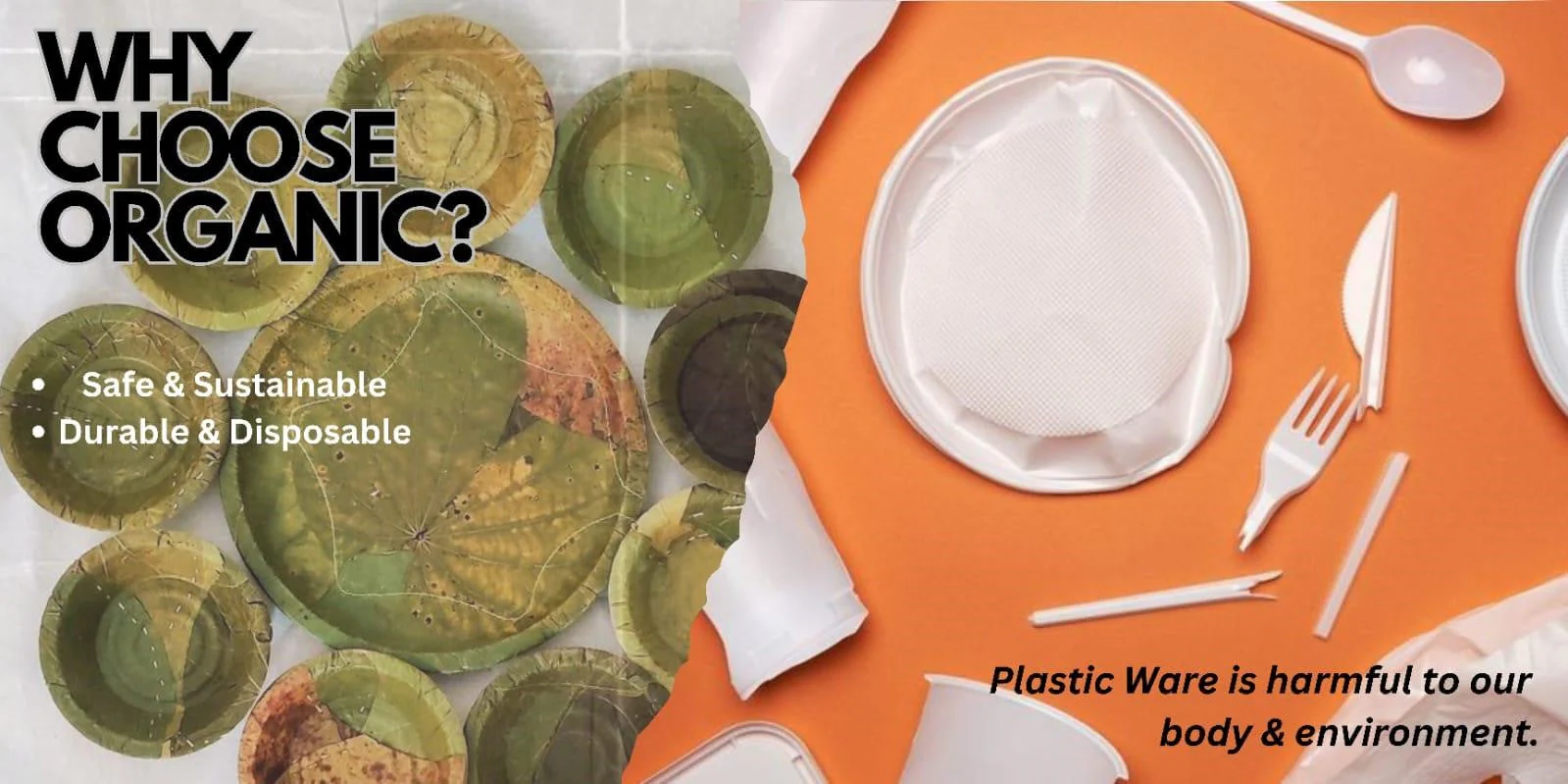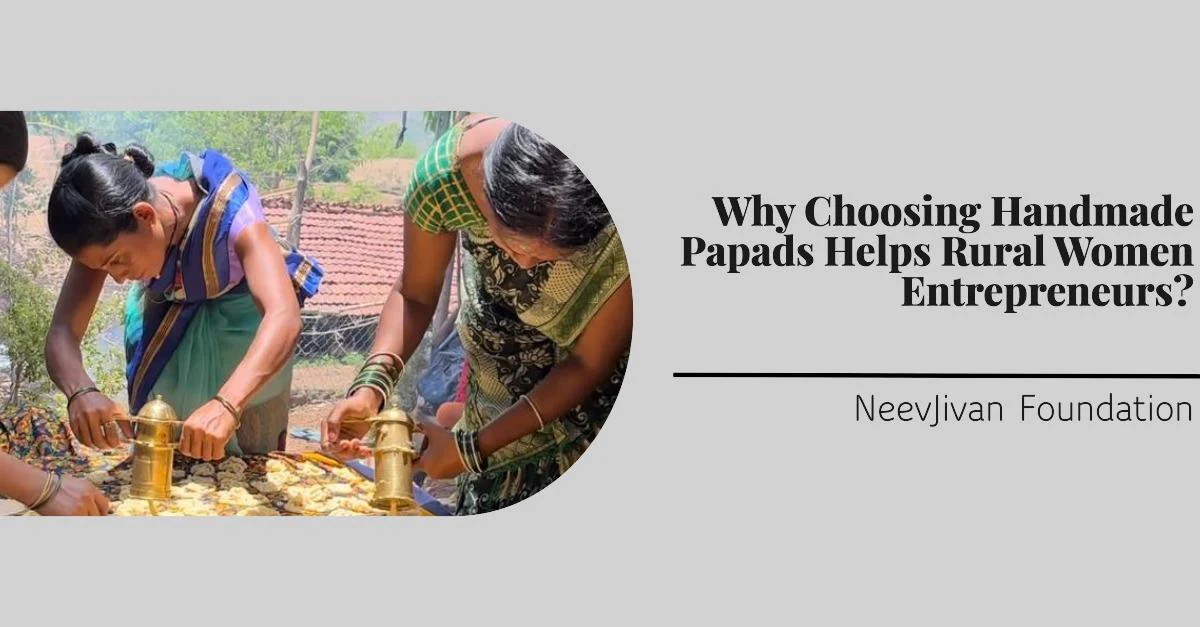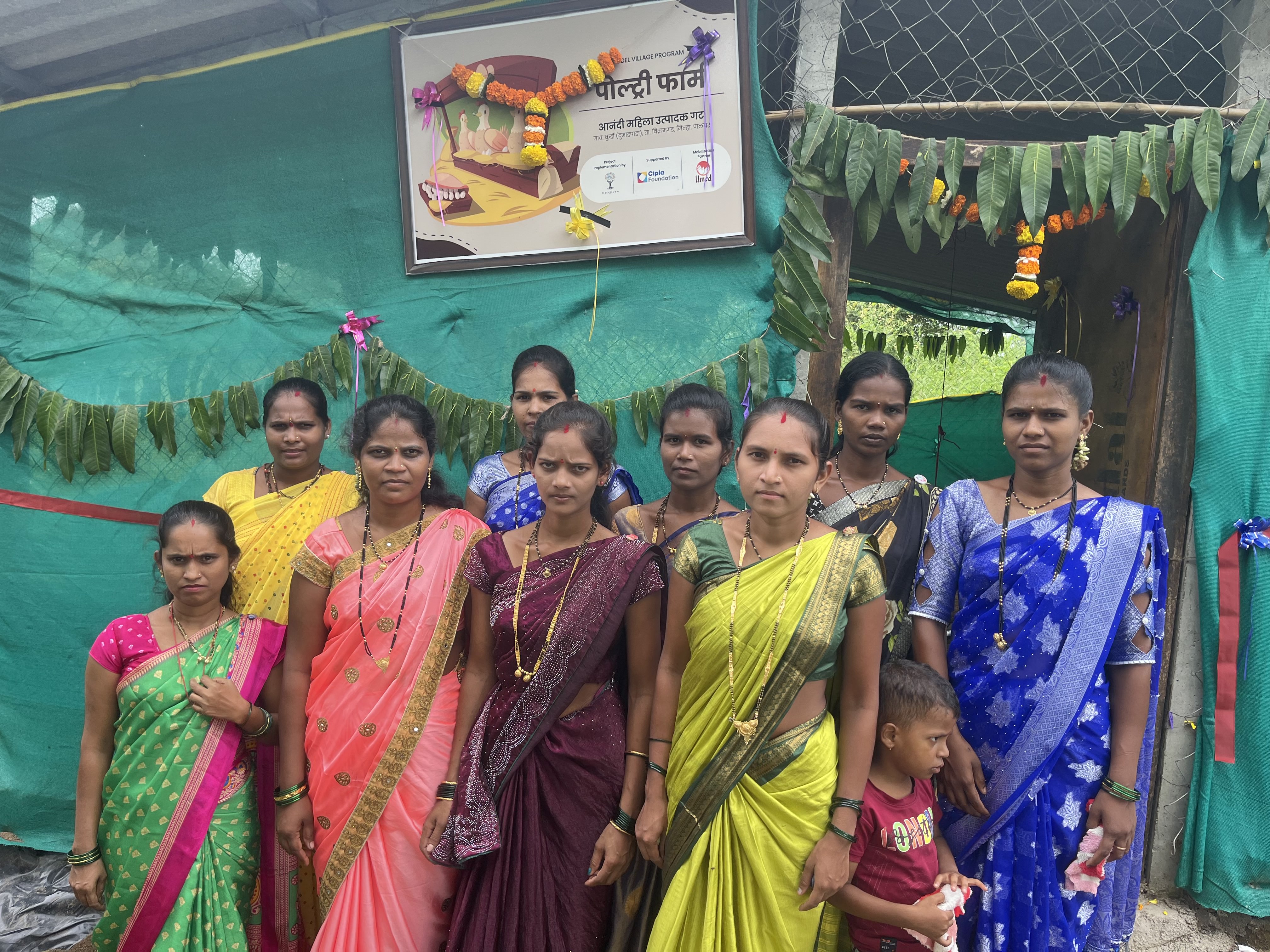Patravali vs. Plastic: The Ultimate Showdown for Eco-Friendly Tableware
Jun 11, 2025 • 5 min read


Proteek Kundu
As global warming continues to rise, choosing sustainable alternatives has become our collective responsibility. While individual actions may seem small, they can create meaningful change. One such step is reducing plastic use and adopting eco-friendly options like Patravali plates.
Plastic, once valued for convenience, has now become a major environmental threat. Made from nonrenewable fossil fuels, plastic plates release toxins, harm human health, and are difficult to dispose of, often piling up in landfills and oceans. Their impact on marine life and soil health is alarming, making it essential to shift toward sustainable choices.
Patravali offers a natural, biodegradable alternative. Made from leaves such as palas, jackfruit, banyan, and sal, these plates not only decompose easily but also enrich the soil. They carry cultural significance as part of India’s intangible heritage and are even known for health benefits—antioxidant and antibacterial properties of the leaves can be transferred to food. Unlike toxic plastic, Patravali supports both health and the environment.
In the Jawhar region of Maharashtra, tribal women earn livelihoods by crafting these plates from palas leaves. With the aid of modern machines, production has become more efficient while preserving tradition. The plates and bowls are made available through the Neev store, supporting both sustainability and rural livelihoods.
By choosing Patravali for gatherings or daily use, you not only reduce plastic waste but also empower women artisans and preserve cultural heritage. Small steps like these help us celebrate responsibly while contributing to a greener, healthier future.
Keep reading

